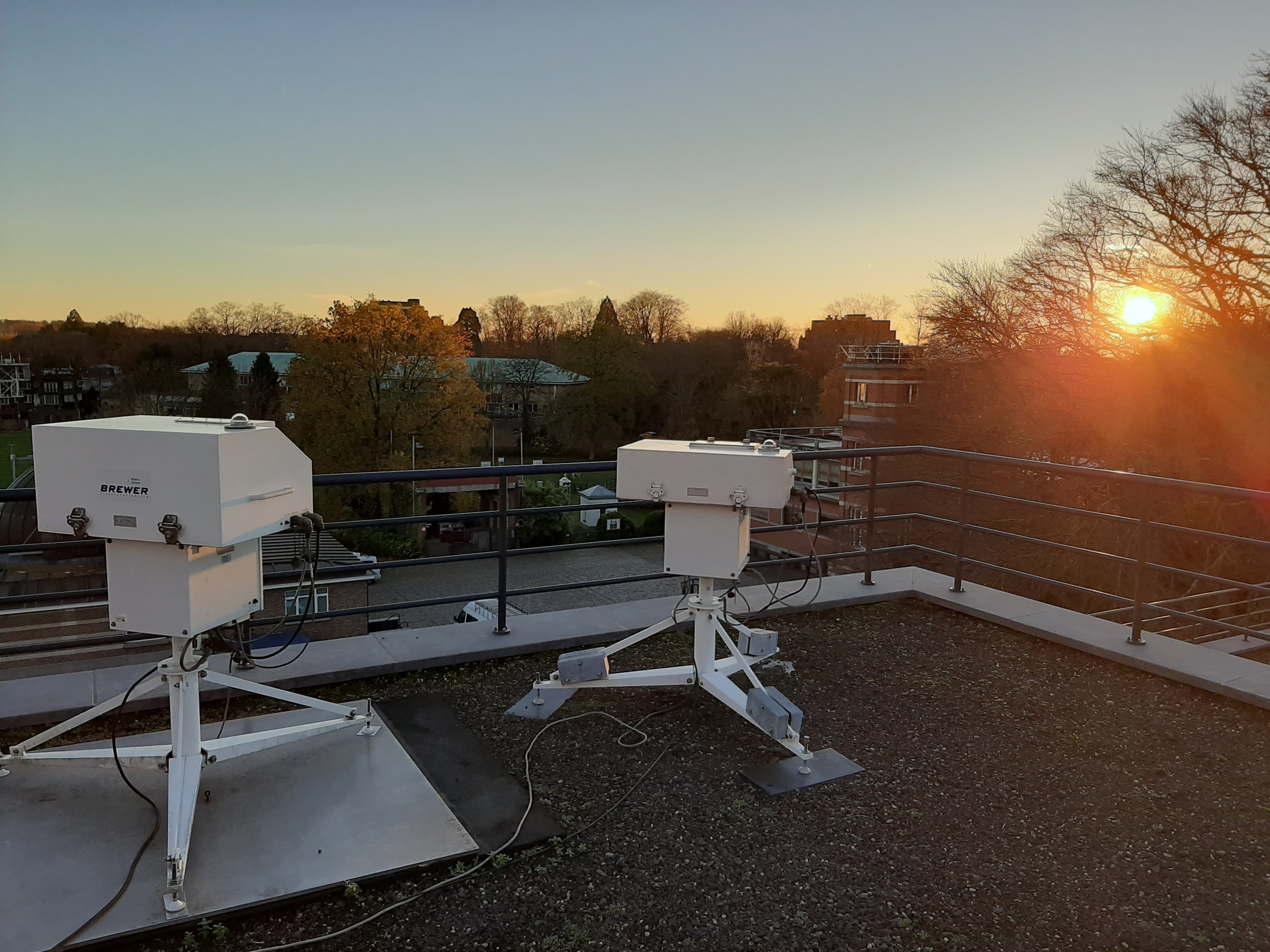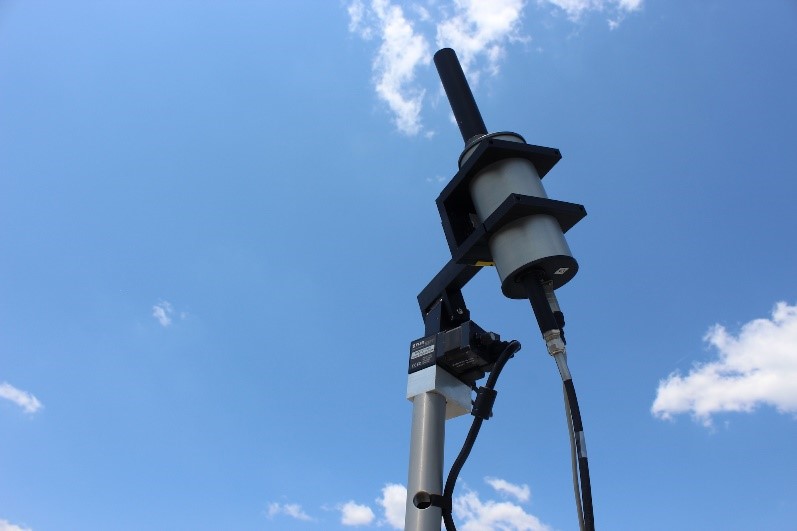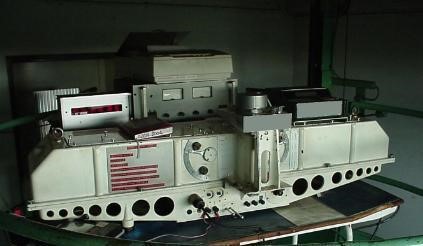Ozone, UV and Aerosol studies
Spectrophotometers
Introduction
The total ozone content of the atmosphere can be measured from satellites and by ground-based instruments. For ground-based observation, UV spectrophotometers are most commonly used. Their measurement principle is based on the differential absorption of solar light by ozone: the intensities of the solar light arriving at the Earth's surface at two (or more) wavelengths in the UV (between 280 and 330 nm) are measured and compared. Ozone has stronger absorption lines at shorter UV wavelengths. From the knowledge of the absorption spectrum of ozone, a smart selection of wavelengths and the calibration of the instrument, the ozone content of the atmosphere is derived. At the moment, two types of UV spectrophotometers are recognized as reference instruments by the WMO: the Brewer and the Dobson spectrophotometers. In addition, the Pandora instrument, capable to measure also other trace gases, is a candidate to become a supplementary source of ozone column measurements.
The total ozone data of these spectrophotometers are used to monitor the state of the ozone layer. Information on ozone trends is available here.
You can click on the images below to find out more about the specific instruments.



